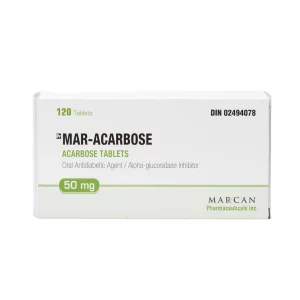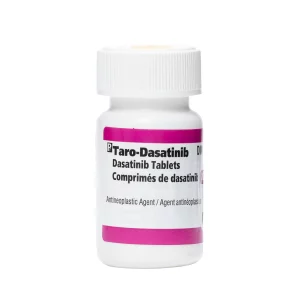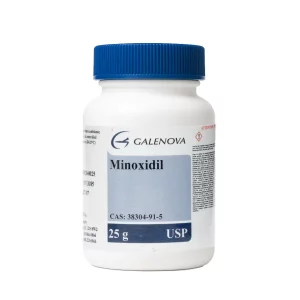Your cart is empty.
Your cart is empty.
Dasatinib vs Imatinib are two popular drugs used to treat chronic myeloid leukemia (CML), a type of blood cancer. Both belong to a class called tyrosine kinase inhibitors (TKIs). These drugs work by blocking a protein called BCR-ABL that causes cancer cells to grow out of control.
While both medications can help manage CML, they have important differences that matter for patients and anyone interested in off-label uses like longevity or health optimization. In this guide, we will compare Dasatinib dosage, clinical uses, how fast they work, and also discuss the growing interest in Dasatinib anti-aging benefits. We’ll also cover how to shop Dasatinib safely if you’re exploring options.
Both dasatinib and imatinib are TKIs, which means they stop certain enzymes (kinases) from signaling cancer cells to multiply. Imatinib was the first drug of this kind approved and has been a standard treatment since 2001. Dasatinib is newer, approved in 2006, and is considered more powerful.
Both target the abnormal BCR-ABL protein that drives CML. Blocking this protein slows down or stops cancer cell growth. The main difference is dasatinib can block additional proteins besides BCR-ABL, which may make it effective in some cases where imatinib is not.
Imatinib is approved by the FDA for treating CML, gastrointestinal stromal tumors (GIST), and a few other cancers. Dasatinib is approved for CML and also for a type of leukemia called Philadelphia chromosome–positive acute lymphoblastic leukemia (Ph+ ALL).
Both drugs can be used in different stages of CML, such as the chronic phase (early stage), accelerated phase (faster disease progression), and blast phase (advanced stage). Choosing which drug to use depends on the patient’s disease phase and other health factors.
Both dasatinib and imatinib target the BCR-ABL protein. This protein is abnormal and causes uncontrolled cell growth in CML. By blocking BCR-ABL, these drugs stop cancer cells from multiplying.
Dasatinib, however, also blocks other kinases like the SRC family. This means dasatinib has a broader range of action, which might make it more effective in some patients. It also binds more tightly to BCR-ABL and enters cells more easily, which may explain why it can work faster.

Imatinib is usually taken as a 400 mg tablet once a day for CML. It is absorbed well when taken with or without food, but some patients may experience slower absorption if taken with certain meals.
Dasatinib is typically given at a lower dose of 100 mg once daily. Despite the lower dose, dasatinib is more potent, meaning a smaller amount is needed for the same or better effect. It is recommended to take dasatinib without food for best absorption.
For those interested, here is a helpful link to dasatinib dosage details.

Dasatinib often leads to faster and deeper responses in CML patients. This means it can reduce cancer cells more quickly and to lower levels compared to imatinib.
Clinical studies published in leading journals like the New England Journal of Medicine (NEJM) and Blood have shown that patients on dasatinib reach important milestones faster, such as complete cytogenetic response (no detectable cancer cells in bone marrow).
Imatinib has a longer safety record but tends to work more slowly in some patients. Both drugs, however, show excellent long-term results.
Both dasatinib and imatinib provide strong long-term control of CML, especially in the chronic phase. Studies comparing the two have found similar survival rates over several years.
The choice often comes down to individual patient response and tolerance. Some patients may develop resistance or mutations that reduce the effectiveness of imatinib. In these cases, switching to dasatinib can be beneficial.
There is growing interest in using TKIs like dasatinib for anti-aging purposes. This off-label use focuses on removing senescent cells, damaged cells that no longer function properly and contribute to aging.
Dasatinib, often combined with quercetin (a plant antioxidant), is being studied as a “senolytic” agent that can help clear out these harmful cells. Imatinib has not been studied as much for this use.
If you want to learn more about dasatinib anti aging research, many recent studies are showing promising results.
| Feature | Imatinib | Dasatinib |
| FDA Approved Since | 2001 | 2006 |
| Typical Daily Dose | 400 mg | 100 mg |
| Kinase Targets | BCR-ABL only | BCR-ABL + SRC kinases |
| Off-Label Uses | Rare | Common in longevity |
| Speed of Response | Moderate | Faster |
| Cost | Generally lower | Higher |
If your response to imatinib is slow or if mutations reduce its effectiveness, switching to dasatinib may be recommended. Dasatinib’s broader action can help overcome resistance in some cases.
Doctors usually monitor patients carefully to decide when a switch is necessary. Regular blood tests and molecular monitoring guide these decisions.
Choosing between imatinib and dasatinib should be a personal decision made with your healthcare provider. Here are some questions to discuss:
If you are interested in using these drugs for longevity or anti-aging, professional guidance is even more important to ensure safety.
Dasatinib blocks more types of kinases and tends to work faster. Imatinib has a longer track record and is well studied.
Both work well. Dasatinib may work faster, but the best choice depends on your condition, response, and treatment goals.
Yes, dasatinib is being researched as a senolytic drug to help remove aging cells. Imatinib is not commonly used this way.
Not always. Imatinib works well for many patients and is often preferred first because of cost and safety history.
Studies show similar long-term survival with dasatinib providing faster early responses in some patients.
Yes, especially if imatinib is not working well enough. Your doctor can help determine the right time.
Both dasatinib and imatinib are effective treatments for chronic myeloid leukemia, each with unique strengths. Dasatinib often works faster and offers broader kinase targeting, making it a strong choice for certain patients and emerging longevity uses. Imatinib has a proven safety record and remains a trusted first-line option. Choosing the right medication depends on individual health goals and medical advice. If you’re considering off-label uses like anti-aging, professional guidance is key.


Acarbose blocks carbohydrate breakdown in the small intestine, preventing rapid glucose absorption spikes.

Dasatinib eliminates senescent cells through selective apoptosis, clearing age-damaged tissues from the body.

Metformin inhibits hepatic glucose production while enhancing insulin sensitivity, offering cost-effective Type 2 diabetes management.

Minoxidil dilates scalp blood vessels, increasing nutrient delivery to hair follicles while extending the anagen growth phase duration.
Unlock savings on bundles and elevate your online experience today!